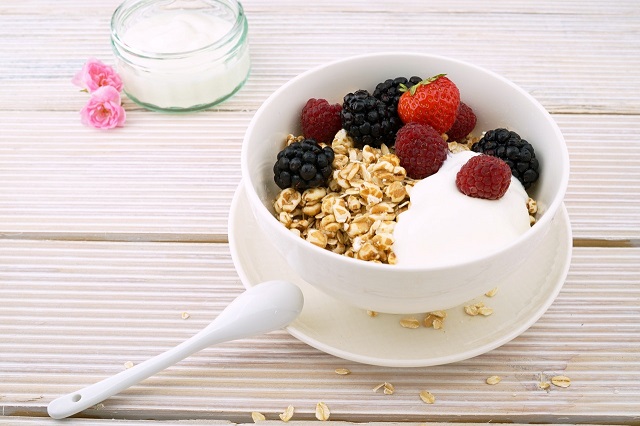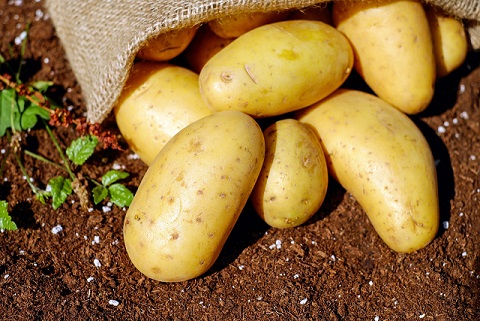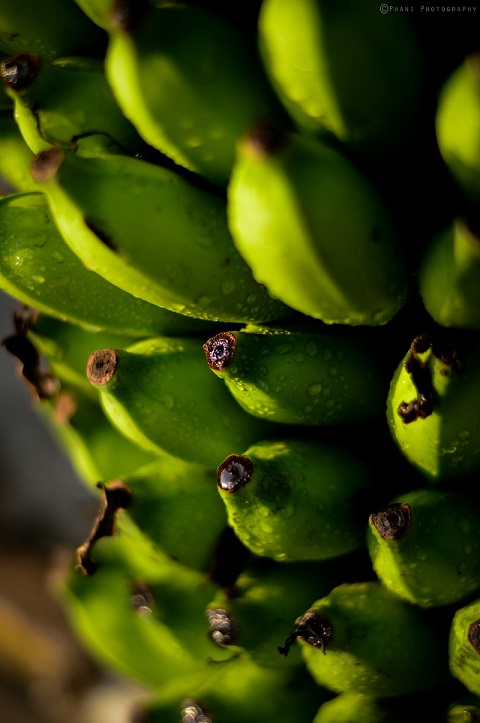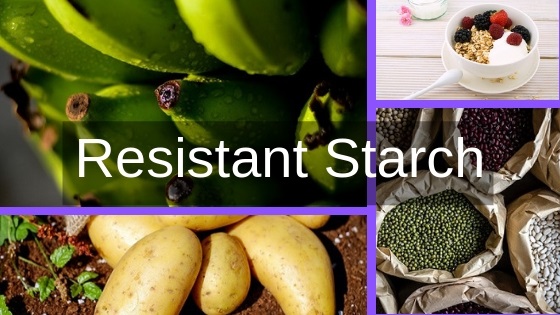Let’s talk about resistant starch. What is it? Why should we eat it? What do we eat to add it to our diet?
We had a mini-Becoming Elli outing a couple weeks ago and went to see a screening of The Gut Movie. The website adds a subtitle of A Story of Poo and the Future of Medicine. The documentary was an interesting look at research on the microbiome which is the microorganisms living in our intestines and the effect it has on our health. If you have the opportunity to see this movie, take it. I think we all learned something new from watching it.
Here on the Becoming Elli website, we’ve discussed the benefits of eating fermented foods for our bodies and our microbiome. In The Gut Movie, they talked about the benefits of fermented foods and resistant starch. I knew some things about this from reading some recent health foods but in our conversation after the movie, I realized that this is probably worth discussing.
What is Resistant Starch?
Resistant starch is found in carbohydrates that our digestive system doesn’t digest. Instead, this starch passes through the stomach and small intestine and ends up in the large intestine where all of that bacteria live. The bacteria, especially the good kind apparently, loves this type of starch and they digest it and release good enzymes to our bodies.
Eating resistant starch helps to prevent a number of health problems or helps our bodies deal with already existing health problems. Studies indicate that this starch may help to lower your blood sugar levels after meals and help to improve your insulin sensitivity. Because this resistant starch has lots of fiber, it can also help with weight loss and controlling appetite.
Where Do We Find Resistant Starch?
Some good sources of are:
Oats
Cooked oats provide some resistant starch but apparently cooking the oatmeal and then letting it cool increases the amount of starch. This makes me wonder if oatmeal cookies are a good source. If nothing else, my recipe for oatmeal balls suddenly sounds even healthier than I thought.

Raw oatmeal is also high in resistant starch so try making overnight oatmeal instead of cooking the oats. Overnight oatmeal is where you soak the oatmeal in yogurt or milk or nondairy milk overnight in the refrigerator.
Potatoes
The best way to get resistant starch from potatoes is to cook them and then to let them cool. Think potato salad. Or a cold baked potato, I guess, but that doesn’t sound appetizing to me. I think we need to add a good recipe for a healthy version of potato salad to the Becoming Elli website.

Raw potatoes also provide resistant starch. I remember loving to eat raw potato as a kid. I’d beg my mother for a slice of potato. Now, this doesn’t appeal so much to me. If this appeals to you, great. Otherwise, check out the raw potato starch described below.
Rice
Rice is similar to oats and potatoes. It needs to be cooked and then cooled to get the full amount of resistant starch. This makes sushi seem like a good source of resistance starch. I’ve read that you can reheat the rice without destroying the resistant starch.
I don’t think raw rice is an option.
Beans and Legumes
Make sure you cook your beans and legumes thoroughly. These are a good source of resistant starches and apparently you don’t have to cool the beans first to reap the benefits.

Green Bananas and Plantains
The greener the banana, the more resistant starch it has. I’m not a fan of green bananas but maybe try to eat them before they’re fully ripe. As the banana ripens, the resistant starch turns into sugars like fructose and sucrose.

Raw Potato Starch
You can buy bags of raw potato starch. It’s a flour-like substance that can be mixed into smoothies or drinks or added to foods such as yogurt. Don’t heat the raw potato starch so if you decide to add it to soup, do so after you’ve heated the soup. Basically, you treat this as a supplement to increase the amount of resistant starch you get. If you decide to use this, start slowly and gradually increase to 2 to 3 tablespoons per day. You want to avoid overwhelming your digestive system by adding too much too quickly.
Basically, the resistant starch and fiber are related so be sure to drink lots of water if you decide to increase your consumption of these foods. Also, start slowly to give your body time to adjust.
Have you been trying to increase resistant fiber in your diet? What’s working for you?
